When it comes to executing a merger or acquisition, crafting the right letter can set the tone for a successful partnership. This type of correspondence not only outlines the terms of the agreement but also serves as a pivotal communication tool, fostering transparency and collaboration between the parties involved. A well-structured letter can help both businesses align their goals and ensure a smooth transition, making it essential to include clear terms and relevant details. Curious about how to create a compelling letter template for your merger and acquisition? Read on to discover some helpful tips!
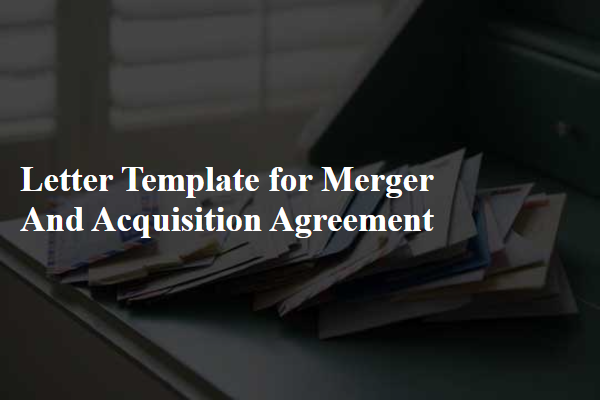
Parties Involved
In a merger and acquisition agreement, the parties involved typically include the acquiring company (often referred to as the "Buyer") and the target company (often referred to as the "Seller"). The Buyer, which might be a multinational corporation or a private equity firm, seeks to acquire the assets, shares, or operations of the Seller, a company in a complementary industry or with strategic value. Key details regarding the Buyer often involve its Headquarters location, such as New York City or London, annual revenue figures, and market capitalization, which can significantly influence negotiation dynamics. The Seller may also have critical details, including its establishment year, number of employees, and operational markets, such as the technology sector or consumer goods, contributing to valuation assessments during the transaction process.
Transaction Details
The merger and acquisition agreement, particularly for transaction details, includes vital elements that dictate the structure and execution of the deal. In the agreement, specific metrics such as transaction value, often in the millions, and the effective date must be detailed. The involved parties, for example, Company A based in New York and Company B headquartered in San Francisco, should be clearly identified along with their respective legal representatives. Key processes such as due diligence timelines, typically spanning 45 to 90 days, need articulated specifications. Financial aspects, including payment terms, could involve equity swaps or cash transfer methods, with precise percentages and amounts outlined. Conditions for closing the deal, such as regulatory approvals, may also be specified, emphasizing the necessity for compliance with federal antitrust laws. Additional details regarding post-transaction integration strategies should be considered to ensure a smooth transition, delineating responsibilities for stakeholders involved.
Payment Terms
Payment terms in a merger and acquisition agreement outline the financial obligations of the involved parties. The total consideration, typically stated in the amount of USD, may be structured through a variety of methods, such as cash transactions, stock swaps, or a combination of both. For instance, the upfront payment could be USD 50 million, with an additional earn-out provision contingent on future performance metrics, like achieving a target revenue of USD 10 million within the first year post-acquisition. Payment schedules can also specify installments, detailing due dates and amounts, ensuring both parties adhere to the agreed timeline, which might span over a period of 12 to 24 months. Interest rates on late payments, often around 5% per annum, could be stipulated to cover potential delays in the transfer of funds. Adjustments based on working capital or debt levels at the time of closing can further enhance fairness in valuation.
Due Diligence
Due diligence is a critical process in merger and acquisition agreements, encompassing a comprehensive investigation of the target company's business, financials, and operations. Financial statements, including balance sheets and income statements from the last three fiscal years, provide insights into profitability and cash flow status. Legal documents, such as contracts, licenses, and compliance records, help evaluate legal risk and regulatory adherence, especially in industries like pharmaceuticals or financial services. Operational assessments may involve site visits to facilities, assessing supply chains, and analyzing technology infrastructure. Employee-related documents, including workforce agreements and benefit plans, can reveal potential liabilities and human capital strengths. Furthermore, intellectual property evaluations, such as patents and trademarks, can determine their value and protection status during the transaction process. Regulatory approvals required in places like the European Union or the United States can significantly influence deal timelines and structures, necessitating thorough assessment.
Confidentiality Clause
Confidentiality clauses play a crucial role in merger and acquisition agreements, ensuring that sensitive information remains protected. Such clauses typically outline the obligations of the parties involved, specifying that confidential information (like financial statements, business plans, and proprietary technology) must not be disclosed to unauthorized individuals or entities. The duration of confidentiality obligations can vary, often extending for several years beyond the completion of the transaction. Legal consequences for breaches, including potential damages, are also clearly defined to deter unauthorized sharing. Enforcement mechanisms may involve both injunctive relief and monetary penalties, underscoring the importance of maintaining confidentiality in high-stakes negotiations. Each party must carefully consider the terms to ensure mutual protection and trust throughout the merger or acquisition process.

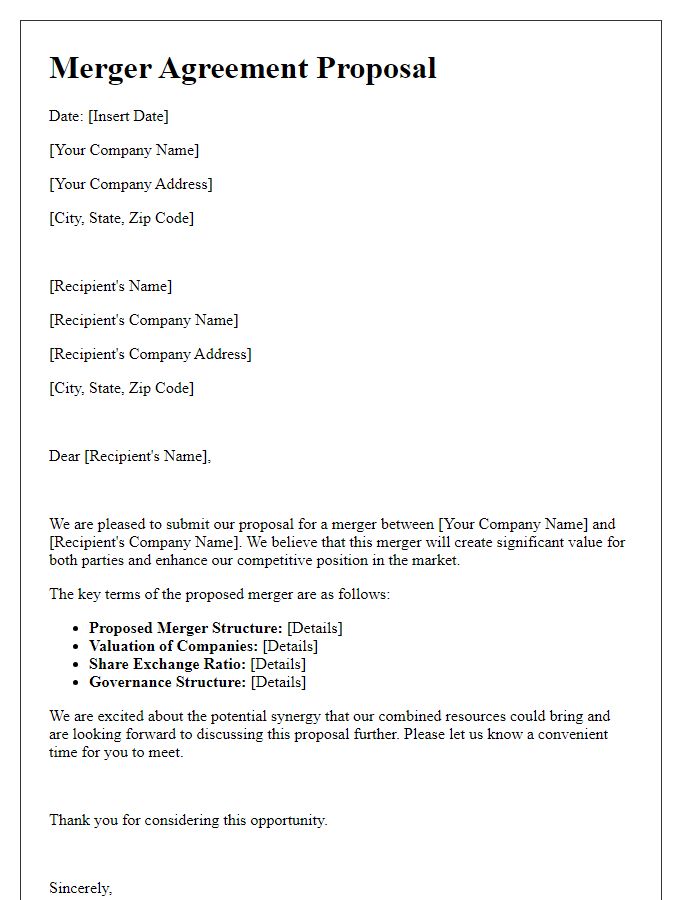
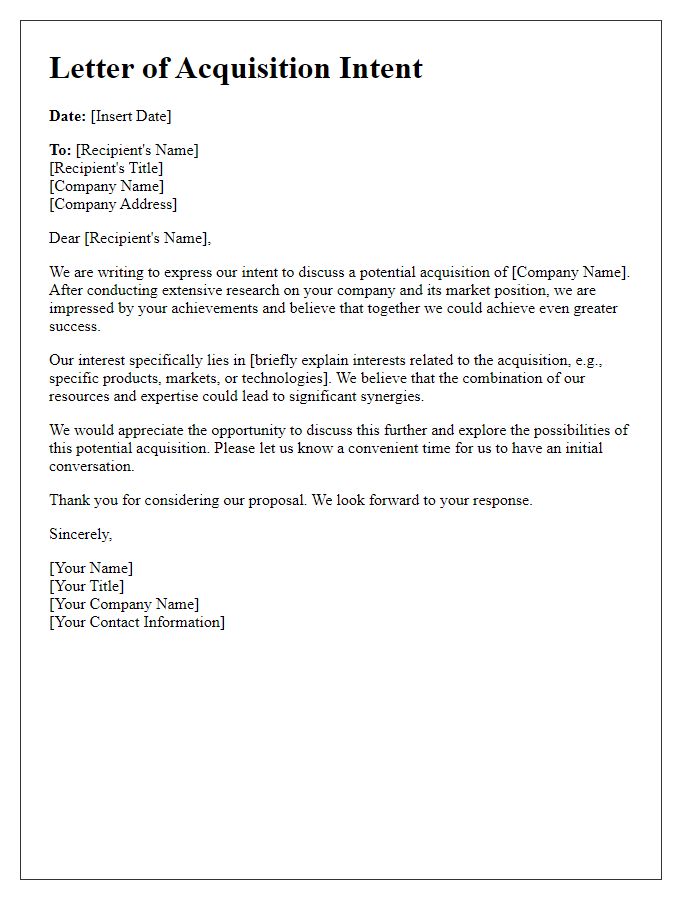
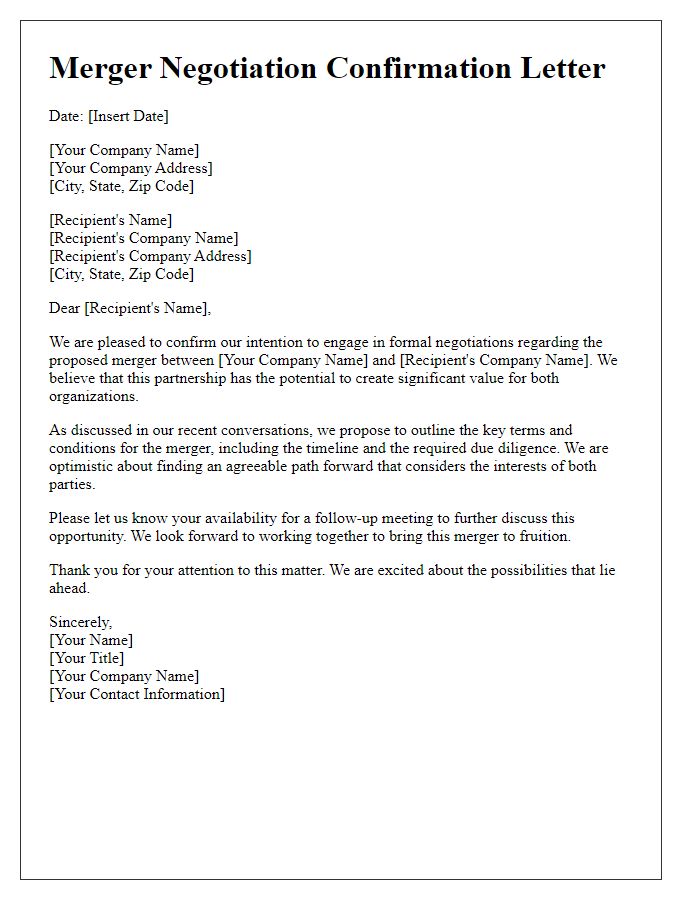
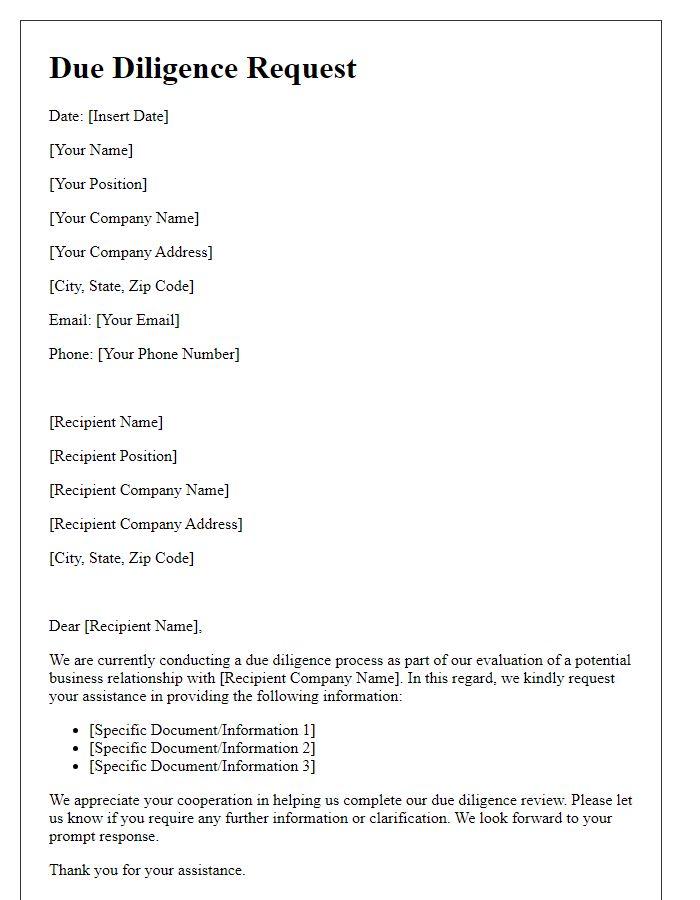

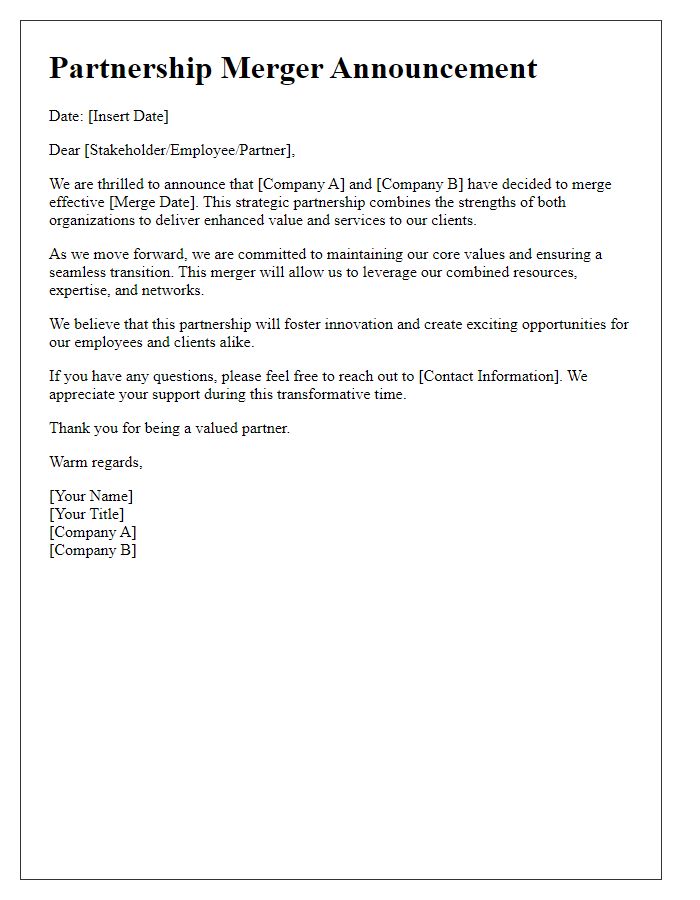
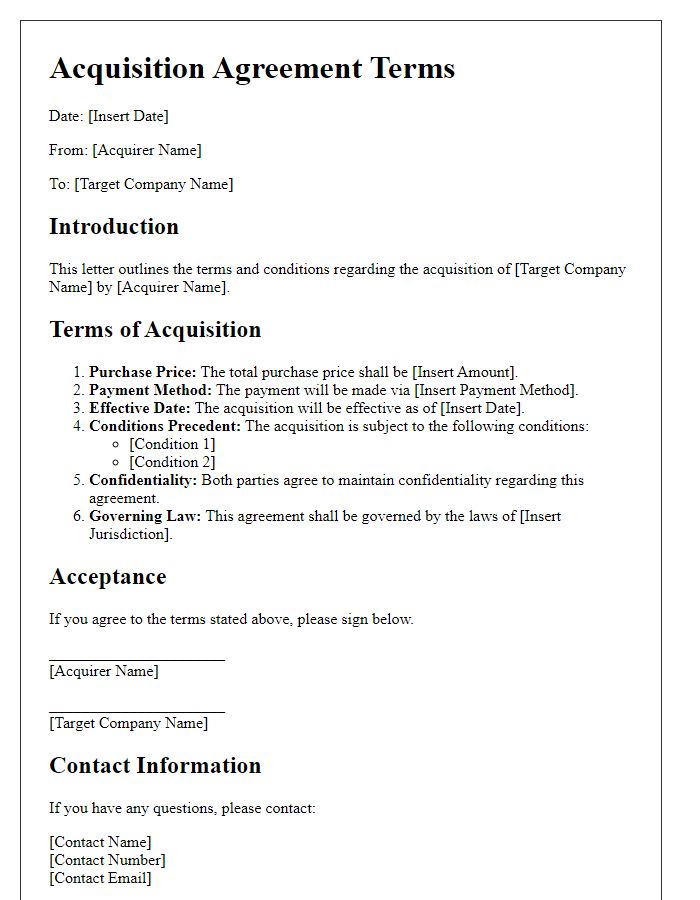

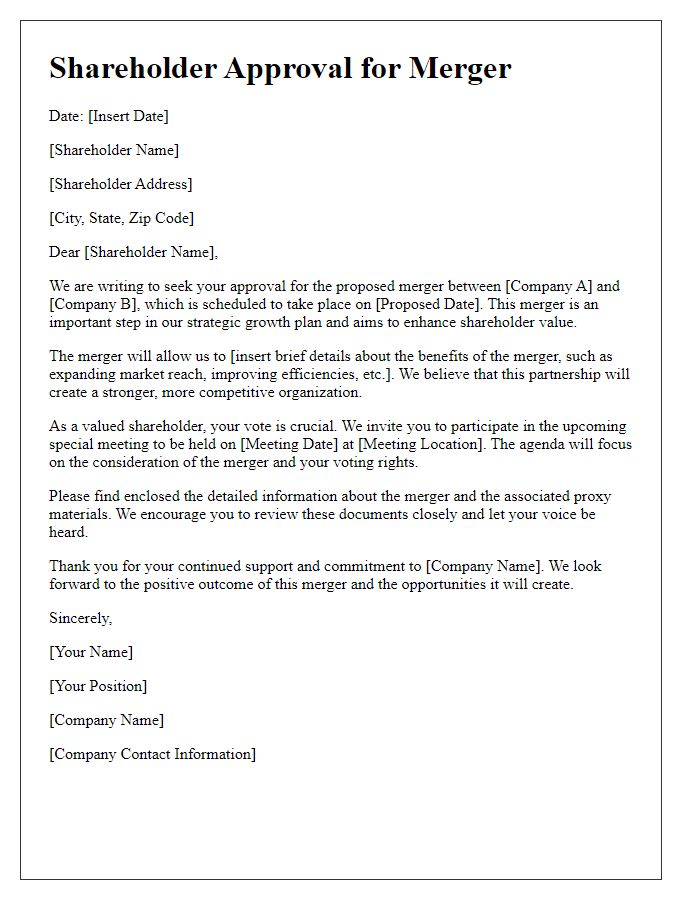
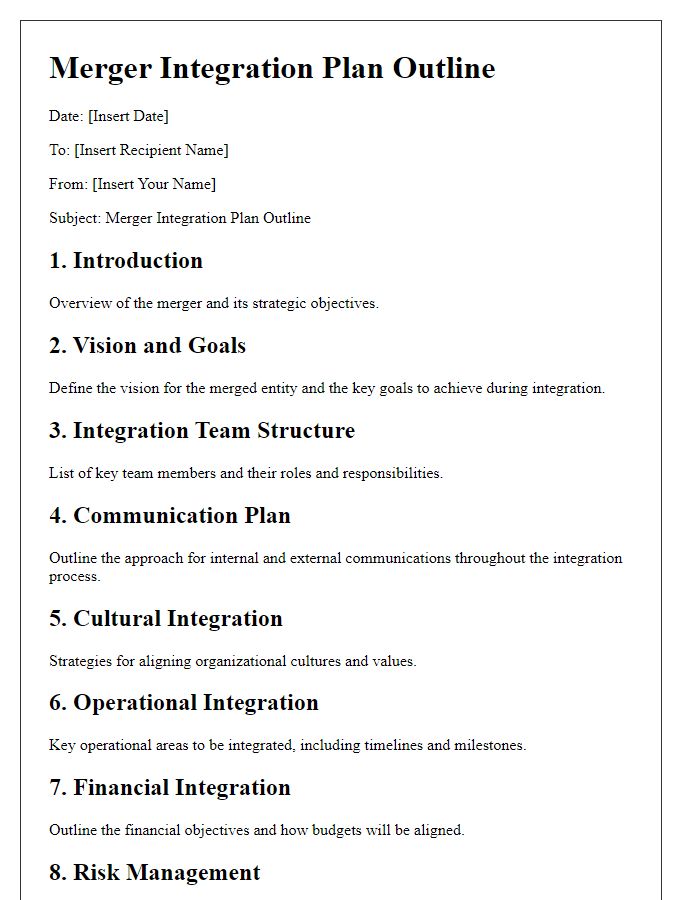


Comments